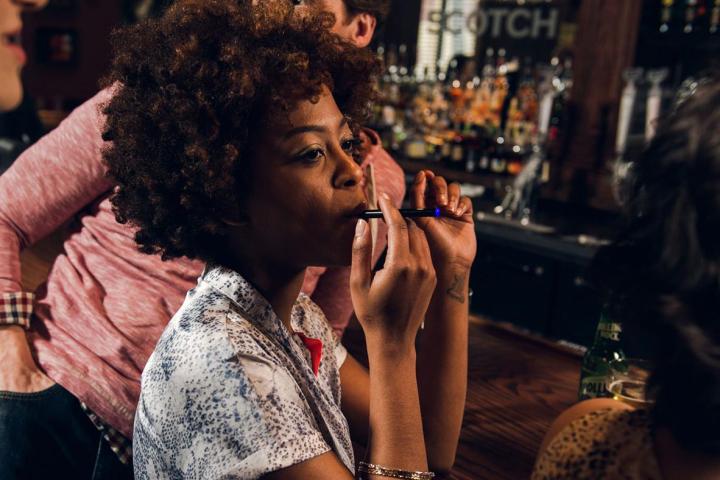
The US Food and Drug Administration is set to announce “sweeping new rules” that regulate the sale of electronic cigarettes, hookahs, pipes, and the various liquids and gels that go inside of them. The agency will reportedly unleash a “hundreds-of-pages-long” document on Friday that lays out the details of the proposed regulations.
According to a report from The New York Times, the FDA has been trying to reign in e-cigs ever since they first hit the market around seven or eight years ago, but the agency hasn’t had much luck. After a series of early legal battles in which it tried to regulate them as drug delivery devices, federal courts ruled that e-cigs are not medical devices. This basically left the FDA with no authority to regulate them, unless they’re specifically marketed as therapeutic tools.
These rulings gave e-cig companies a huge degree of freedom in how they marketed and sold their products, and for the past few years, the industry has basically been like the Wild West. Absent of any federal oversight, companies have been going hog wild, peddling their wares however they please, be it to kids or as a smoking-cessation method. But the FDA’s proposed legislation might put an end to the industry’s free reign.
We’ll have to wait until Friday to see the FDA’s full plan, but in the meantime, the agency has revealed a rough outline of what’s in store. The rules will reportedly make it illegal to sell to people under the age of 18, and will require e-liquid makers to reveal exactly what’s inside their products — something that they’re currently not required to do in most states.
In addition to e-cigarettes, the proposed rules will also cover pipe tobacco and cigars. Tobacco products have long slid under the FDA’s regulatory radar, and have also enjoyed a sizable uptick in usage over the past few years.
We’ll know the full scope of the FDA’s approach soon, but regardless of what the documents contain, this is merely the beginning of a long process. After the proposed rules are released, the public will have 75 days to “comment” on the proposal, at which point, the agency will begin finalizing the rules. According to the NYT, that could take months — perhaps even an entire year, if affected companies combat the changes and decide to sue.
Check back here for more details.
Image via: blucigs.com



